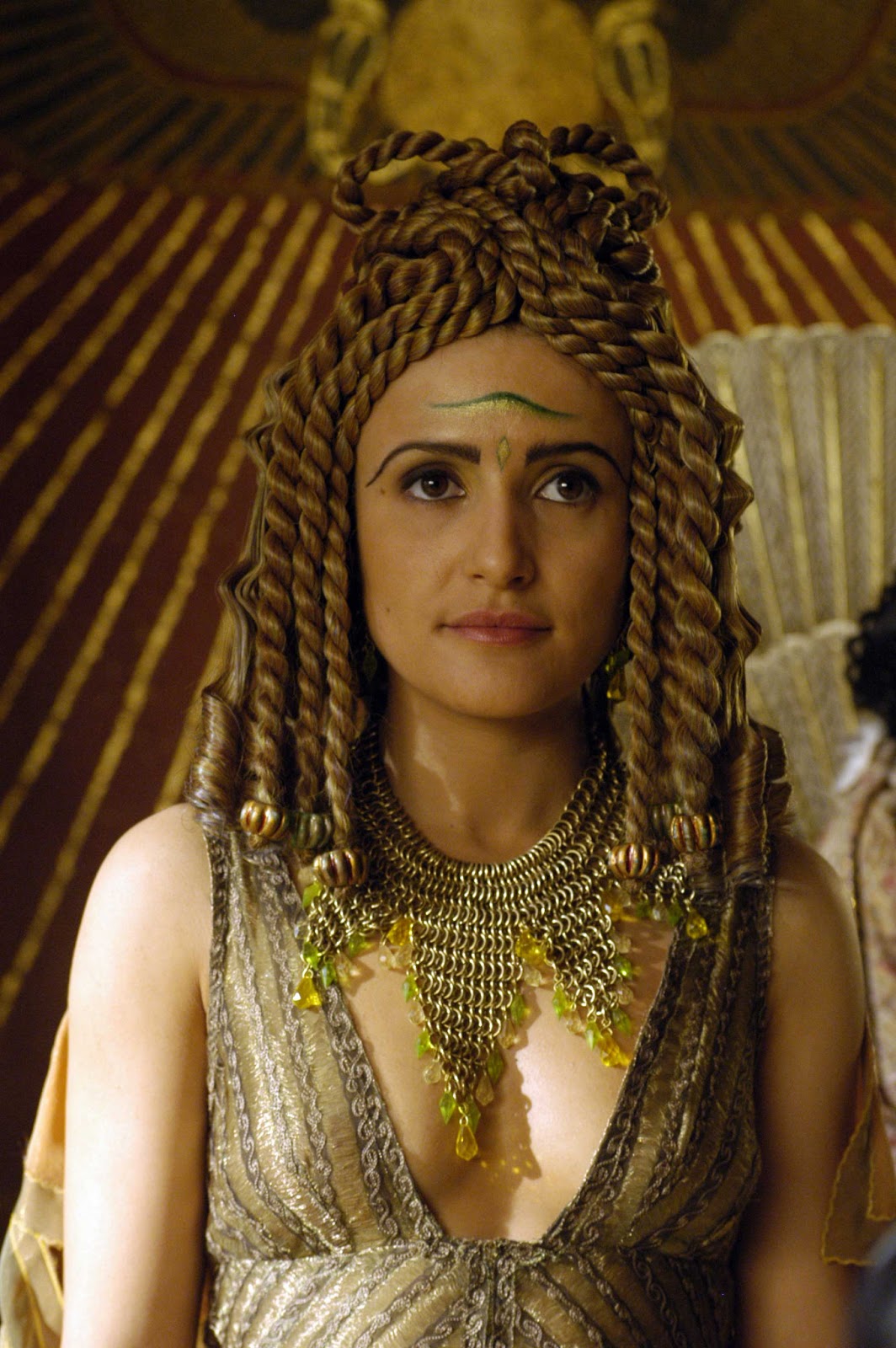Cleopatra VII, the last active ruler of the Ptolemaic Kingdom of Egypt, has captured the imagination of historians, artists, and the public alike for centuries. Her appearance, intertwined with her legendary intelligence and political acumen, has sparked countless interpretations and representations throughout history. From her captivating beauty to her striking fashion choices, Cleopatra's allure extended far beyond her physical features. This article delves into the various aspects of Cleopatra's appearance, exploring how they contributed to her enduring legacy.
What did Cleopatra really look like? This question has perplexed scholars and enthusiasts for ages. While ancient texts and coins provide some insight, artistic representations often blurred the lines between reality and myth. Her appearance was not merely a reflection of her beauty but also a powerful tool in her political arsenal. By examining the various accounts and depictions of Cleopatra, we can better understand how her appearance played a significant role in her reign.
Moreover, Cleopatra's image has evolved over time, influenced by cultural perceptions and artistic interpretations. From the Renaissance paintings that idealized her beauty to modern portrayals that emphasize her intelligence and strength, Cleopatra's image serves as a canvas for society's views on femininity, power, and leadership. In this exploration of Cleopatra's appearance, we aim to uncover the truth behind the myths and the significance of her image in shaping history.
What Was Cleopatra's Biography?
Cleopatra VII was born in 69 BC in Alexandria, Egypt, as a member of the Ptolemaic dynasty. She was the daughter of Ptolemy XII Auletes and became queen at the age of 18. Cleopatra was known for her intelligence, charisma, and political savvy, skills that she wielded to navigate the turbulent political landscape of her time. Her relationships with powerful Roman figures, including Julius Caesar and Mark Antony, were crucial in her efforts to maintain her kingdom's independence.
| Personal Details | Bio Data |
|---|---|
| Name: | Cleopatra VII Philopator |
| Born: | 69 BC |
| Died: | 30 BC |
| Reign: | 51 BC - 30 BC |
| Parents: | Ptolemy XII Auletes and Cleopatra V Tryphaena |
| Spouse: | Mark Antony |
How Did Cleopatra's Appearance Influence Her Rule?
Cleopatra's appearance was not merely a matter of vanity; it was a strategic element of her reign. She utilized her looks, charm, and intelligence to forge alliances and manipulate political situations. Her image was meticulously crafted to project power and authority while simultaneously appealing to different cultures. Cleopatra was known to embrace both Egyptian and Hellenistic styles, allowing her to connect with her subjects and influential allies.
What Were Cleopatra's Fashion Choices?
Cleopatra's fashion choices played a significant role in her public persona. She was often depicted wearing elaborate garments adorned with jewels and intricate designs, emphasizing her royal status. Some key elements of her style included:
- Rich Fabrics: Cleopatra favored luxurious materials such as silk and linen, fitting for a queen.
- Jewelry: She adorned herself with gold and precious stones, symbolizing wealth and power.
- Makeup: Cleopatra's iconic eye makeup, often depicted as dramatic kohl-lined eyes, was both a beauty standard and a cultural statement.
- Hairstyles: She was known for her elaborate hairstyles, incorporating braids and wigs that reflected her status.
Can We Trust Historical Accounts of Cleopatra's Appearance?
When considering Cleopatra's appearance, it's essential to question the reliability of historical sources. Ancient historians like Plutarch and Cassius Dio provided descriptions, but their accounts were often influenced by their cultural biases and the prevailing norms of their times. Cleopatra's beauty was frequently exaggerated, and her intelligence was sometimes downplayed in favor of her romantic relationships. This raises the question: can we trust these historical accounts?
What Do Artistic Representations Reveal About Cleopatra's Appearance?
Artistic depictions of Cleopatra have varied significantly over the centuries. From ancient coins to Renaissance paintings, each portrayal reflects the cultural context of its time. These representations often emphasized different aspects of her appearance:
- Beauty: Artists frequently idealized Cleopatra's beauty, presenting her as a striking figure with enchanting features.
- Power: Some artworks portrayed her in regal attire, emphasizing her authority as a queen.
- Romanticism: Later interpretations often highlighted her relationships with powerful men, framing her beauty as a means to an end.
How Did Cleopatra's Legacy Shape Modern Perceptions of Beauty?
Cleopatra's appearance has had a lasting impact on modern perceptions of beauty and femininity. Her image has been romanticized and reinterpreted in countless films, literature, and art, often focusing on her allure and charm. This has led to a complex legacy where Cleopatra is simultaneously celebrated for her beauty and scrutinized for her relationships. The question remains: how has Cleopatra's legacy influenced contemporary standards of beauty?
What Can We Learn From Cleopatra's Appearance Today?
Cleopatra's appearance serves as a reminder of the power of image in shaping perceptions and narratives. In today's world, where visual representation is paramount, we can draw parallels to Cleopatra's strategic use of her looks. Her story teaches us the importance of self-presentation and the ways in which appearance can influence power dynamics.
In conclusion, Cleopatra's appearance remains a topic of fascination and intrigue. Through her strategic use of beauty, fashion, and personal image, she navigated the complexities of her reign and left an indelible mark on history. As we explore Cleopatra's appearance, we uncover not only the woman behind the myth but also the cultural and historical significance of her image in shaping perceptions of power and femininity.


